Borobudur in Central Java, Indonesia
© Oleh Slobodeniuk/Getty Image
Borobudur revealed
This photo shows the quiet, mist-shrouded wilderness surrounding the Buddhist temple known as Borobudur. The holy site is among the most popular attractions on the island of Java, drawing both pilgrims and tourists keen to see this huge structure. With 504 Buddha statues and 2,672 sculpted relief panels, Borobudur was probably constructed in the 9th century and abandoned in the 14th, as much of the Indonesian population converted from Buddhism and Hinduism to Islam.
Over time it became engulfed by the jungle, and only locals knew of its existence. In the early 1800s, the occupying British administration learned of the temple and sent a Dutch engineer and 200 workers to cut down trees, burn vegetation and dig away the earth to reveal the monument. Borobudur was eventually restored and is now a Unesco World Heritage Site. Life in the nearby town of Muntilan and elsewhere in Indonesia will be even more active than usual on 17 August, Indonesia's Independence Day. The nation of islands at the crossroads of the Indian and Pacific oceans declared independence in 1945 and made the date a national holiday eight years later. The people of Indonesia were freeing themselves from three centuries of Dutch rule.
Related Images
Bing Today Images
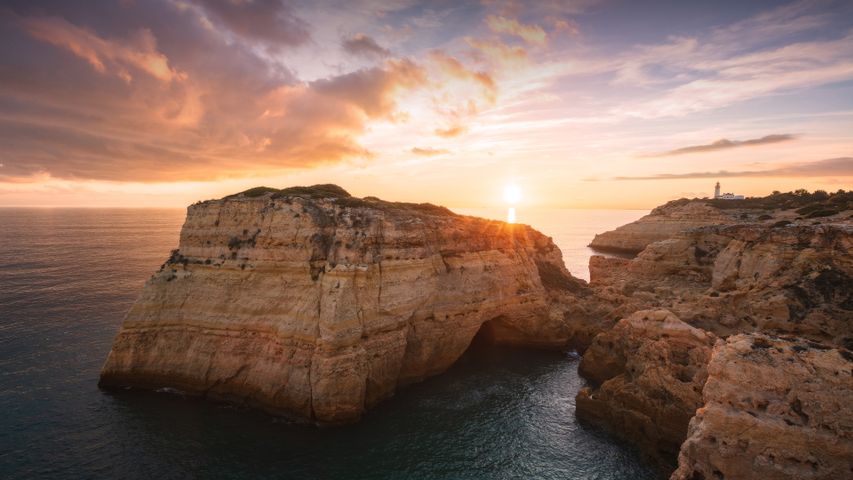


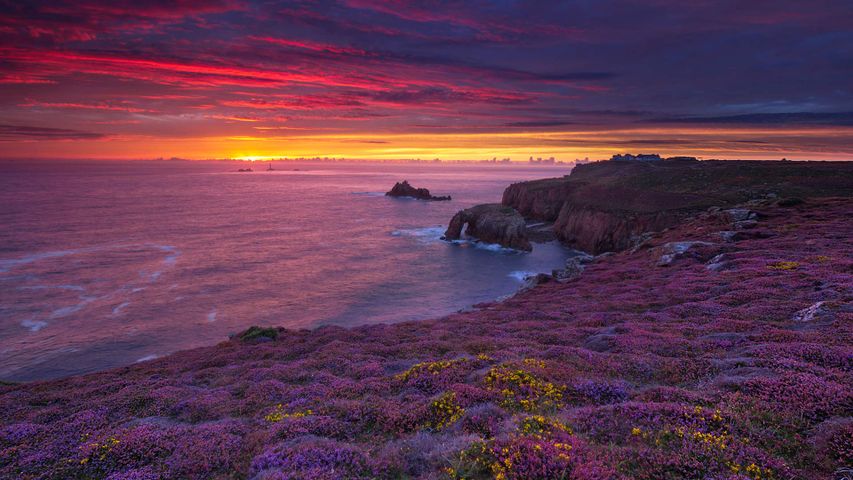

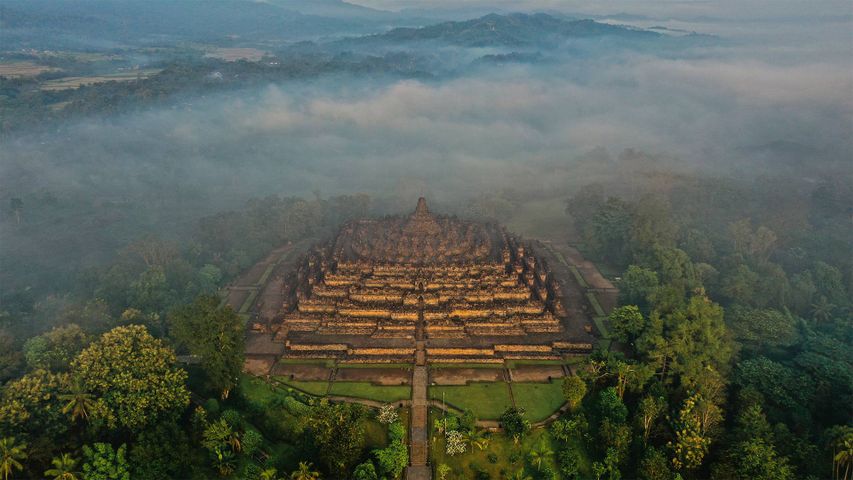
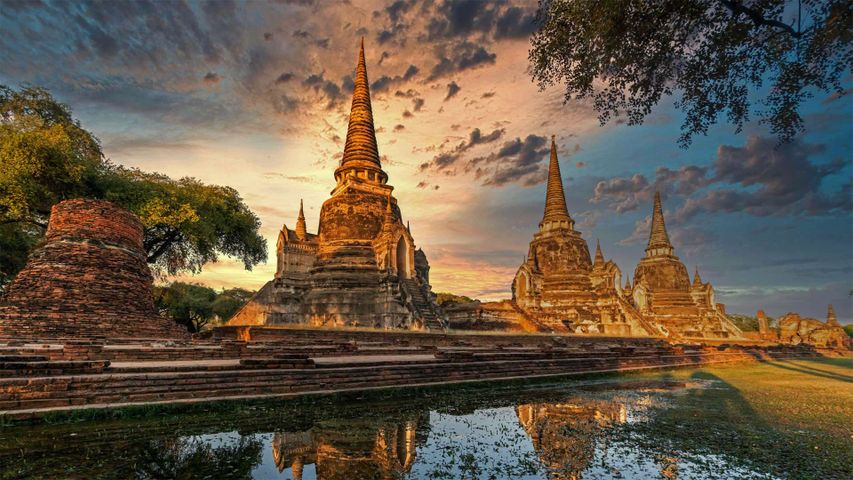 Wat Phra Si Sanphet, Ayutthaya Historical Park, Unesco World Heritage Site, Ayutthaya, Thailand
Wat Phra Si Sanphet, Ayutthaya Historical Park, Unesco World Heritage Site, Ayutthaya, Thailand
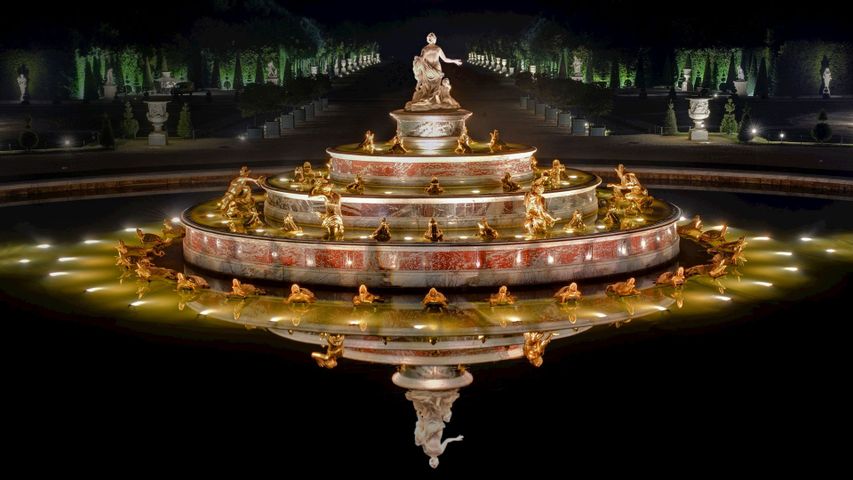 Latona Fountain in the Gardens of Versailles for the 100th anniversary of the Paris Peace Conference
Latona Fountain in the Gardens of Versailles for the 100th anniversary of the Paris Peace Conference